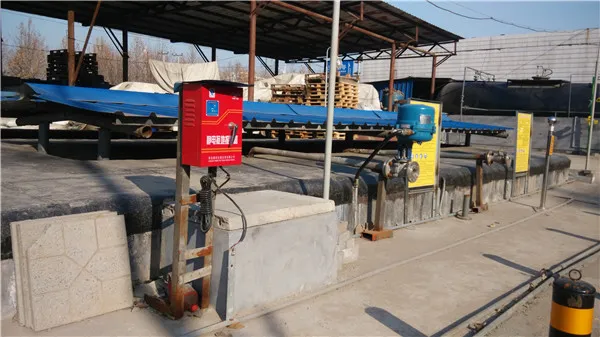Chemicals Used to Disinfect Water Supply Ensuring Safe Drinking Water
Access to clean and safe drinking water is a fundamental human right and essential for public health. However, water sources can often become contaminated with harmful pathogens, chemicals, and other impurities. To combat this, water treatment facilities use various chemical disinfectants to ensure that the water supply is safe for consumption. This article discusses the key chemicals used in the disinfection of the water supply, their mechanisms of action, benefits, and potential drawbacks.
Common Disinfectants in Water Treatment
1. Chlorine Chlorine is perhaps the most widely used disinfectant in municipal water systems. It is effective against a broad range of bacteria, viruses, and some protozoa. Chlorine works by disrupting cellular processes within microorganisms, effectively killing them or rendering them inactive. Its residual presence in the water supply also helps prevent future contamination. However, the downside of chlorine is the formation of disinfection by-products (DBPs), such as trihalomethanes (THMs) and haloacetic acids (HAAs), which may pose health risks with long-term exposure.
2. Chloramine Chloramine, a compound formed by combining chlorine with ammonia, is increasingly used as an alternative to chlorine for water disinfection. It has a longer-lasting disinfecting ability and produces fewer DBPs than chlorine. While chloramine is effective against bacteria, it has limitations when it comes to certain viruses and some protozoa, such as Giardia and Cryptosporidium. As a result, water treatment facilities may opt for a multi-barrier approach that uses both chlorine and chloramine.
3. Ozone Ozone is a powerful oxidizing agent that can effectively kill bacteria, viruses, and some protozoa. It is generated on-site in water treatment facilities and is used to disinfect water without leaving harmful residues. Ozone disinfection is particularly effective in removing organic matter and improving the taste and odor of drinking water. However, the process requires careful management since ozone is unstable and must be generated just before use. Furthermore, ozone does not provide a residual disinfecting effect, which means additional measures must be taken to ensure water remains safe during distribution.
what chemicals are used to disinfect the water supply

4. Ultraviolet (UV) Light UV disinfection employs high-intensity UV light to inactivate microorganisms by damaging their genetic material. This method is effective against a wide range of pathogens, including bacteria, viruses, and protozoa. One of the advantages of UV disinfection is that it does not produce harmful chemical by-products. However, its effectiveness can be influenced by water quality (such as turbidity and color) and does not provide a residual effect, meaning that other disinfectants may be required to maintain water safety throughout the distribution system.
5. Hydrogen Peroxide Hydrogen peroxide is sometimes used in combination with other disinfectants, as it acts as a strong oxidizer. It can effectively kill bacteria and viruses and is often used in advanced treatment processes. Its primary advantage lies in its ability to break down into water and oxygen, leaving no harmful residues. However, like ozone, it does not provide a lasting residual effect.
Conclusion
The disinfection of water supplies is a critical process that protects public health by ensuring the safety of drinking water. Each of the chemical disinfectants discussed—chlorine, chloramine, ozone, UV light, and hydrogen peroxide—has unique properties, advantages, and limitations. Water treatment facilities often employ a combination of these methods to achieve optimal disinfection, taking into account factors such as cost, effectiveness, and regulatory standards.
While the primary goal is to eliminate harmful microorganisms, it is also essential to consider the potential health impacts of disinfectants and their by-products. Continuous research and advancement in water treatment technologies are vital to improve the safety and sustainability of our water supply systems, ultimately contributing to public health and well-being. The toolbox of disinfection chemicals will likely continue to evolve, promoting safer drinking water for communities around the world.

